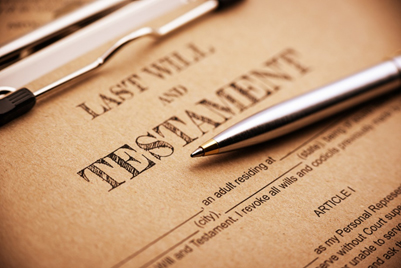Some art investors have a knack for buying and selling works of creative inspiration. The investments they make can pay dividends as their art pieces climb in value. However, when you own a number of works of art that have increased in value significantly over the years, planning for how these assets will be transferred to heirs can be complicated.
A number of problems could arise relating to your art after you have passed away. For example, you might have distributed your art according to the respective value of the pieces in your estate plan, but if some pieces have soared in value in the years after you created your plan, some heirs could feel unfairly treated. This could inspire disagreements during the dispensation of your estate, and disgruntled heirs might try to challenge your will as unfair and invalid.
There are also important tax consequences to consider. Some of your art that has climbed in value could come with large capital gains taxes. As such, some of your art pieces — although even if they have the same level of value — might not be as valuable to heirs as other pieces that don’t have huge capital gains taxes associated with them.
Finally, art collectors might feel that they owe a civic duty to their communities to preserve their art collections and prevent them from being sold. Many art collectors prefer to bequeath their pieces to a trust that will make them available for viewing to the public in a museum.
Whatever you decide will be done with your art collection following your death, you may want to discuss your plans with an Illinois estate planning lawyer. An estate planning attorney can discuss the options available to you for the purpose of managing the dispensation of your art collection following your death.
Source: The New York Times, “Estate Planning Can Get Tricky When Art Is Concerned,” Conrad de Aenlle, accessed Aug. 9, 2017











